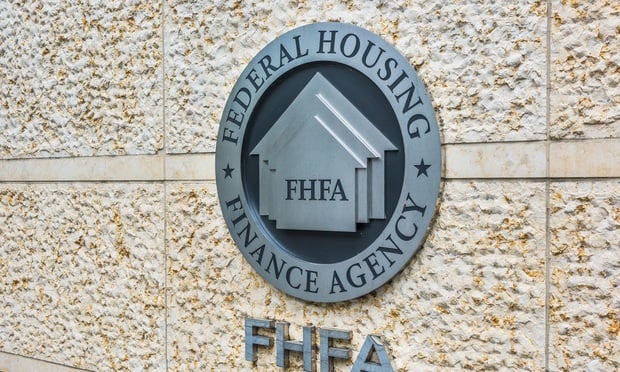It used to be, before interest rates began their upward journey, that Matt Berres and Samer Khalil with the Newmark Net Lease Capital Markets team would receive between five to ten emails a week regarding 1031 deals in the $1 million to $5 million range. "Those mom-and-pop investors who buy long term stable properties were always the bread and butter of the business" says Matt Berres, vice chairman. "We could always count on having several of those in play at any given time," he tells GlobeSt.com.
That side of the business has shrunk significantly as transactions in net lease – indeed all of commercial real estate – has slowed.
But as these particular emails dwindle down to one or two a week, Berres and Khalil are seeing an uptick in another sort of request for 1031 deals: Namely in the 10 million to $30 million range, sometimes as high as $50 million. These investors tend to come from one of two buckets:
- Those selling their downleg to capitalize on where the most aggressive capital is (i.e. where buyers still exist at attractive cap rates), or
- Those selling their downleg property as a way to reduce risk in their portfolio, such as a shorter lease term or a tenant that doesn't have a good credit profile or long-term outlook. These participants are primarily private or family office investors, although Berres and Khalil have seen a few of these 1031 exchange requirements from institutional investors, and it is here where deals are getting done.
This is what a typical deal in this range looks like. The seller is looking to offload a property that has some kind of inherent risk to it and thus a higher cap rate that is more likely to make financing viable in light of where interest rates are. There are many investors in the market with capital to deploy, but it's just a matter of finding compelling risk-adjusted returns that justify taking the capital off the sidelines, Khalil explains. "None of these investors are willing to go into a negative leverage situation, so our clients are being very selective about what they put their capital into – it has to make sense given the overall returns that are achievable today while being congruent with their general portfolio criteria and long-term outlook."
Want to continue reading?
Become a Free ALM Digital Reader.
Once you are an ALM Digital Member, you’ll receive:
- Breaking commercial real estate news and analysis, on-site and via our newsletters and custom alerts
- Educational webcasts, white papers, and ebooks from industry thought leaders
- Critical coverage of the property casualty insurance and financial advisory markets on our other ALM sites, PropertyCasualty360 and ThinkAdvisor
Already have an account? Sign In Now
*May exclude premium content© 2025 ALM Global, LLC, All Rights Reserved. Request academic re-use from www.copyright.com. All other uses, submit a request to [email protected]. For more information visit Asset & Logo Licensing.








